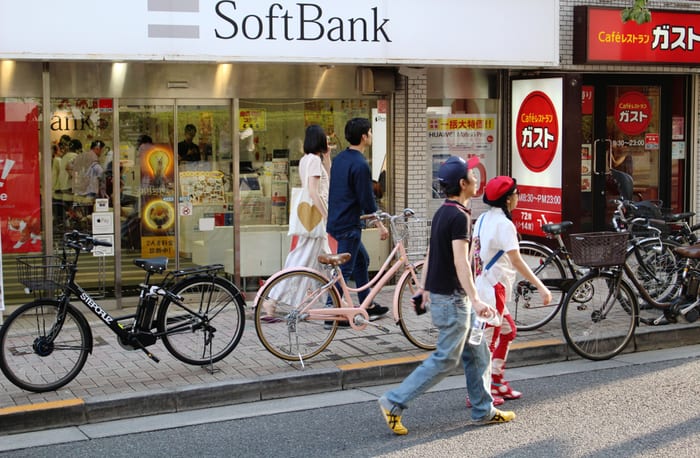Japanese Lenders Hinder Softbank’s WeWork Bailout

SoftBank’s negotiations with Japan’s three dominant lenders to procure $3 billion as part of a $9.5 billion WeWork bailout have been hindered by lending limits, Reuters reported on Monday (Dec. 23), citing sources.
Mitsui Financial Group — Japan’s biggest lender and one of the world’s largest banks by assets — along with Mizuho, the country’s second-largest, and Sumitomo, have all hit a ceiling on the amount of money that can be loaned to one company, two sources told the newswire.
All three lenders are trying to find other ways to finance SoftBank that would minimize risk, the sources said.
“SoftBank is an important client so we want to do everything we can to help, but we have to consider our credit risk,” said a senior banker.
Although SoftBank Founder Masayoshi Son’s tech strategies have been a lucrative cornerstone for corporate lenders, the spotlight is now on the conglomerate’s escalating debt and WeWork upheaval.
“Banks cannot loosen their credit criteria only for SoftBank,” said S&P Global Ratings senior director Ryoji Yoshizawa. He added that a syndicated loan — which is slow and could delay financing — might be the only option SoftBank has.
It is anticipated that SoftBank will start 2020 without a financing plan for WeWork, the sources told Reuters. Japanese lenders are also worried about the possible financial repercussions that could come from helping bail out the U.S. office-sharing startup WeWork.
In the meantime, SoftBank has reportedly lined up a $1.75 billion credit line from Goldman Sachs, the sources said.
SoftBank’s interest coverage ratio is 1.3, according to Moody’s, which signals that the conglomerate has more than enough earnings to cover its debt. Refinitiv data indicates that SoftBank has ¥5.5 trillion ($50.28 billion) in outstanding bonds and ¥4 trillion outstanding in bank loans. The weighted average cost of SoftBank’s debt is 3.7 percent, the seventh-highest among all companies on the Nikkei 225 Stock Average.
In November, SoftBank reported a $6.5 billion loss, its first quarterly drop-off in 14 years and far larger than analysts’ estimates.